
Job interviews are tough.
I’ve had my fair share over the years. Some bad, some ok and some have gone well.
But I’ve always had a positive mindset with interviews.
Basically, especially in today’s job market, getting an interview is actually a great achievement.
Think about it.
Sometimes there might be over 100 applicants for a job, so if you are on the final shortlist of 3 candidates that’s really good.
It also means the employer thinks you can do the job, and they just want to meet you to see what you’re like and if you’d be a good fit for the company.
However, at some of the top companies, you often hear some tough questions which are designed to see how quickly you can think on your feet. Often there is no right or wrong answer, but they want to get some insight into your creative thinking and thought processes.
One such example is the “How many tennis balls can you fit in a…” type question.
For this blog post, even though it’s very loosely related to tennis, I thought I’d see if I could answer this question with some logical thinking based on a number of different objects.
I promise not to use a calculator though, so I’ll be using approximations in order to recreate an interview situation.
I’m also aware you could answer such questions with a question. For example, you could ask “Is the tennis ball inflated?” or “How big is the object?”. By putting the interviewer on the spot, you might show you’re the candidate they’re after.
However, this isn’t nearly as fun as trying to work it out with some basic number crunching!
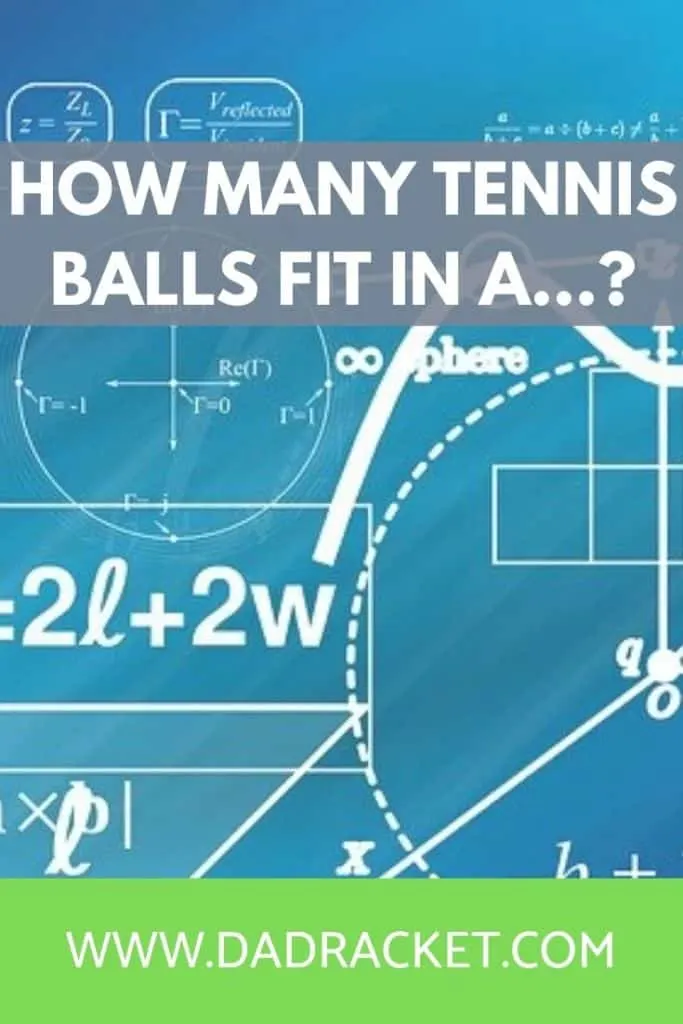
How big is a tennis ball?
Let’s work out the volume of a tennis ball first.
Again this is all an approximation (no right or wrong answer – it’s all about the process)
Tennis balls are spherical, and the formula for the volume of a sphere is:
V = 4/3πr3
I think tennis balls are a couple of inches in length. Let’s say around 2 inches.
So the radius will be 1 inch (half the diameter).
4/3 as a decimal is approximately 1.3 as 3 goes into 4 once with a 1/3 left over.
We know π is 3.14…etc.etc, so we’ll assume it’s just 3
1) V = 4/3πr3
2) V = 1.3*3*(1)3
3) V = 3.9*(1)3
4) V= 3.9 cubic inches, which is approximately 4 cubic inches
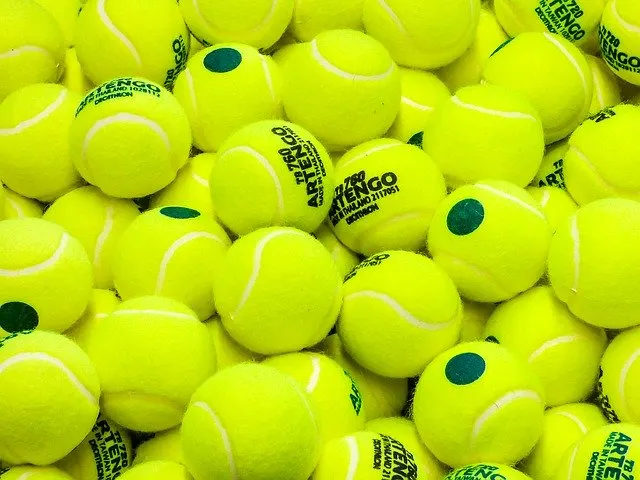
What else should I consider?
Obviously we need to know the volume inside the object, but we also need to factor in anything inside the object where tennis balls can’t fit into.
We also need to take into account that not every available space can fit a tennis ball perfectly due to the spherical shape of the ball. There has to be some space inbetween the packed tennis balls.
Let’s say this takes up a quarter of the space.
How many tennis balls can you fit…
So now we have the volume of a tennis ball, let’s get our basic formula:
If X is the number of tennis balls…
X = (Total volume of object – volume inside where tennis balls can’t go) / Volume of a tennis ball
Here are some objects to test out this formula…
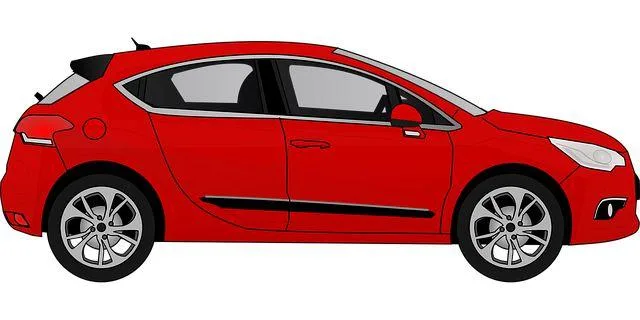
…in a car?
We know cars come in all shaped and sizes, but let’s assume a car is roughly 5 metres long, 2 metres wide and 1.5m high.
But to work out the number of tennis balls it’ll be easier to calculate in inches, as I calculated the volume of the tennis ball in inches (see above).
There are roughly 40 inches to a metre, so…
Length = 5 metres = 200 inches
Width = 2 metres = 80 inches
Height = 1.5 metres = 60 inches
The area of a cuboid is (length x width x height):
- V = L x W x H
- V = 200 x 80 x 60
- V = 16,000 x 60 (we can simplify the figures to say 15,000 x 50 – easier to multiply)
- V = 750,000 cubic inches
However, what about car seats, tyres, boot, bonnet and the irregular shape of the chassis (when compared to a regular cuboid). A car is also raised off the ground by the tyres.
Let’s say they take up 1/2 of the car. So our volume is 375,000 cubic inches
Also, the nature of a spherical shape means there has to be air in between the tennis balls. They can’t take up every available amount of space. Let’s take off another ¼. Half of 375,000 is roughly 190,000. So splitting the difference we get 280,000.
Therefore the total number of tennis balls is 280,000/4.
My (approximate) answer is 70,000 tennis balls can fit in a car
Wow, that’s more than I thought, but I stand by the math!
Coincidentally, this is the same number of balls used at the US Open each year.

…in a limousine?
A limousine should be roughly the same width and height as a car; 2 metres and 1.5 metres respectively. However, we know it’s a lot longer. Let’s say 10 metres.
Converting them to inches, we get:
Length = 10 metres = 400 inches
Width = 2 metres = 80 inches
Height = 1.5 metres = 60 inches
- V = L x W x H
- V = 400 x 80 x 60
- V = 32000 x 60 (we can simplify the figures to say 30000 x 50 – easier to multiply)
- V = 1,500,000 cubic inches
Like the car, let’s say all the seats and shape of the chassis, bonnet and boot take up 1/2 of the space. So our volume is 750,000 cubic inches
Take off another quarter for the spherical shape of the tennis ball and we get roughly 500,000 cubic inches
Now let’s divide by the volume of a tennis ball (4 cubic inches) 500,000/4 = 125,000
Therefore 125,000 tennis balls can fit in a limousine
Seems a lot to me, but I stand by the math.
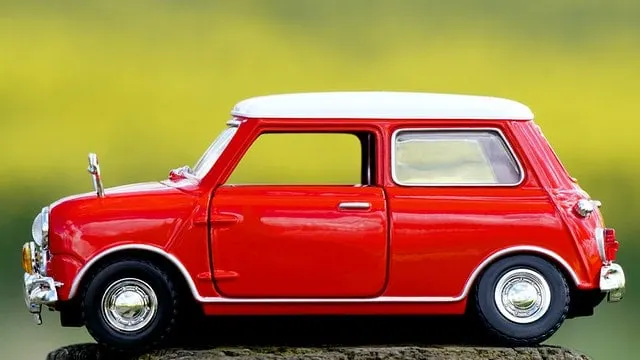
…in a Mini Cooper?
I love these cars.
My granddad had one and I remember just how small it was, but it had real character about it.
I know the new models are bigger, but let’s go by the older classic model. Here’s my guess at the dimensions:
Length = 3 metres = 120 inches
Width = 1.5 metres = 60 inches
Height = 1.5 metres = 60 inches
- V = L x W x H
- V = 120 x 60 x 60
- V = 7200 x 60 (we can simplify the figures to say 7000 x 50 – easier to multiply)
- V = 350,000 cubic inches
Again, removing half the volume to take into account all the fittings, seats etc.
So the volume is roughly 175,000 cubic inches
Take off a quarter for the space (assume volume is 180,000 cubic inches for easier calculation) between the balls we and get around 135,000 cubic inches
Now for the number of tennis balls which can fit in Mini Cooper.
We need to divide by 4. Round up to 140,000, as it’s easier to divide by 4, so 140,000/4 is 35,000.
Therefore there are roughly 35,000 tennis balls you can fit in a Mini Cooper
Why are all these numbers so large? The math looks ok to me. Please leave a comment below if I’m going wrong somewhere.

…in a school bus?
Now for something bigger.
The shape of a bus is more of a regular cuboid compared to car, so I’m only going to take off a 1/3 for seats and other fittings this time.
Here are my approximate dimensions:
Length = 12 metres = 480 inches
Width = 3 metres = 120 inches
Height = 4 metres = 160 inches
- V = L x W x H
- V = 480 x 120 x 160 (Lets simplify to 500 x 100 x 150)
- V = 50000 x 150
- V = 7,500,000 cubic inches
Let’s take off a 1/3 for the seats, fittings etc. That leaves us with 5,000,000 cubic inches.
Take off a ¼ for the shape of the balls 3,750,000 cubic inches.
Now let’s divide by 4 (size of the tennis ball in cubic inches)
Let’s round it down to 3,600,000 (easier to divide by 4)
Therefore we have 900,000 tennis balls which can fit on a school bus
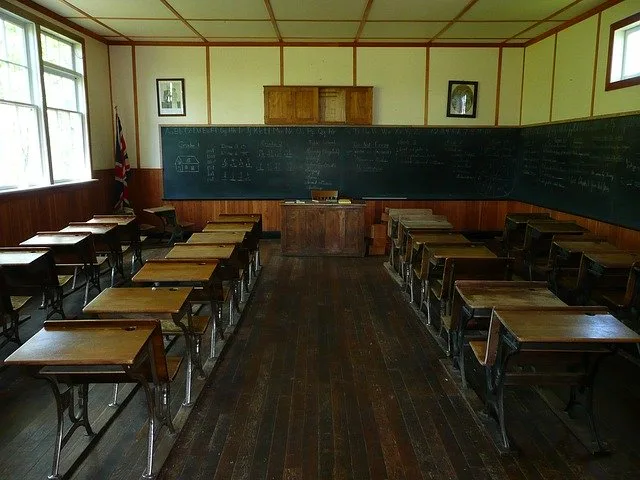
…in a classroom?
Let’s go bigger again and look at a school classroom
I’ll assume it has equal width and length, like a square shape.
Length = 10 metres = 400 inches
Width = 10 metres = 400 inches
Height = 3 metres = 120 inches
- V = L x W x H
- V = 400 x 400 x 120
- V = 160,000 x 120 (Let’s simplify to 150,000 x 100)
- V = 15,000,000 cubic inches
I’m going to say only a quarter of the space is taken up by shelves, desks and chairs etc.
That leaves 11,250,000 cubic inches, which is roughly 11,000,000 cubic inches
We need to take off a ¼ for the spherical shape of the ball (which is roughly 3,000,000)
That leaves us with 8,000,000
Finally, let’s divide by the volume of a tennis ball (4 cubic inches)
8,000,000/4 is 2,000,000.
So you can fit 2,000,000 tennis balls in a classroom.
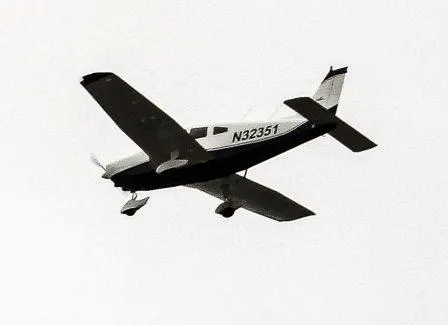
…in a plane?
Like cars, planes come in all shapes and sizes, from little propeller planes which seat 2 people, to jumbo jets. Let’s go with a small plane in this case with just one engine.
Now a lot of a plane is taken up by the wings, and the tail which can’t store tennis balls. So it’s really only the cockpit which can be used, and this is generally very small.
Here are the initial dimensions I will use for the plane:
Length = 10 metres
Width = 12 metres
Height = 3 metres
However, this cuboid shape is not the right shape at all for working out the volume of the cockpit.
Therefore, let’s say the length of the cockpit is 2 metres, the width is 1 metre and the height is 1 metre.
Length = 2 metres = 80 inches
Width = 1 metres = 40 inches
Height = 1 metre = 40 inches
- V = L x W x H
- V = 80 x 40 x 40
- V = 3200 x 40 (Let’s simplify to 3,000 x 40)
- V = 12,000 cubic inches
Let’s take off ½ for the seats, fitting, control panel etc.
That leaves us with a volume of 6,000.
Take off a ¼ for the tennis ball shape
That leaves us with 4,500.
Now let’s divide by 4 for the tennis ball volume (let’s do 4,400/4 – easier to work out)
That leaves us with 1100 tennis balls which can fit in a plane (cockpit)
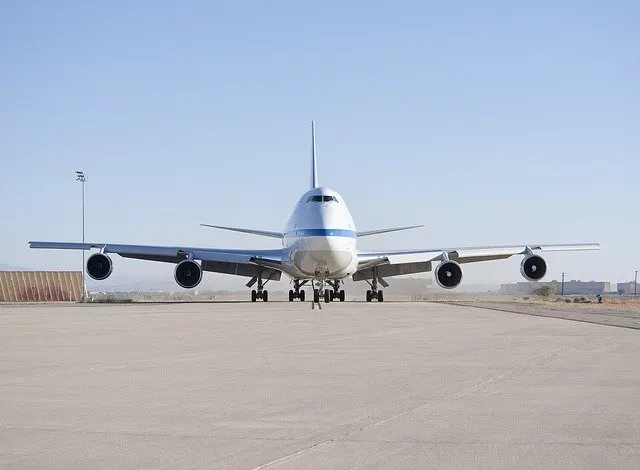
…in a Boeing 747?
Let’s tackle a bigger plane now. A Boeing 747.
For this type of plane, the only space is in the hold and in the cabin and cockpit.
However, I don’t feel a cuboid is the right shape for this. The body shape is more cylindrical.
Let’s assume the overall length is 75 metres. However, taking into account the tail and front of the plane, let’s reduce this to 60 metres.
For the height, let’s say it’s 20 metres. They’re pretty tall and there are 2 levels (aswell as the stairs going up to the cabin). However, we need to focus on the cabin really plus the hold underneath.
Let’s say it’s 5 metres.
For the width, if I remember rightly, there are 3 seats on the sides and 4 in the middle. I’ve been on a 747 a few times. Let’s say 7 metres for the total width.
For our calculation we’re assuming a cylindrical shape, so let’s say the overall diameter is 6 metres (average between 5 and 7 metres). Therefore the radius is 3 metres.
Length = 60 metres = 2400 inches
Radius = 3 metres = 120 inches
- V = πr2 x L (we’ll assume π is 3)
- V = 3 x 1202 x 2400
- V = 3 x 14400 x 2400 (Let’s simplify to 3 x 15000 x 2000)
- V = 45,000 x 2000
- V = 90,000,000 cubic inches
Right let’s take out a 1/3 for seating and other fittings. That leaves us with 60,000,000.
Take off a ¼ for the ball shape which gives us 45,000,000.
And now divide by 4 to take into account the volume of the ball.
We can simplify 45,000,000 to 44,000,000, which leaves us with = 11,000,000.
Therefore, 11,000,000 tennis balls can fit in a Boeing 747
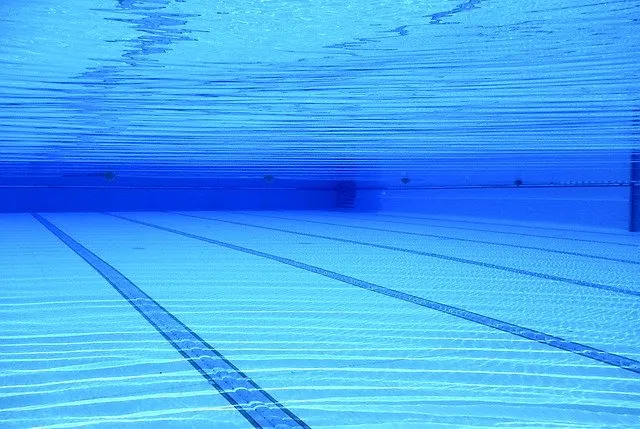
…in a swimming pool?
A swimming pool is a little easier to work out. After all the length and width form a perfect rectangle and there is nothing in the swimming pool which can take up any space for tennis balls. The depth is a bit trickier as there is a deep end and a shallow end.
Let’s assume the swimming pool is empty as well. As tennis balls can float we’ll have a hard time filling the pool with tennis balls if it’s full of water!
I know Olympic sized swimming pools are 50m long, but let’s go with 25m which is a common length for most public swimming pools.
For the width, let’s say 10m.
For the depth, at the deep end, I believe most swimming pools are around 2m, and the shallow end is 1m. Therefore, let’s take the average and say 1.5m.
Length = 25 metres = 1000 inches
Width = 10 metres = 400 inches
Height = 1.5 metre = 60 inches
- V = L x W x H
- V = 1000 x 400 x 60
- V = 400,000 x 60
- V = 24,000,000 cubic inches
We don’t need to remove anything for any irregular shaped or other objects in the swimming pool, but we need to remove ¼ for the shape of the tennis balls.
So we’re left with 18,000,000 cubic inches
Therefore when we divide this number by 4, for the volume of the tennis ball, we’re left with 18,000,000/4 = 4,500,000.
So 4,500,000 tennis balls can fit in a swimming pool
Hopefully this is fairly accurate 🙂

…in a football stadium?
And now for the big finale.
How many tennis balls can we fit in a football stadium?
I think a standard football pitch (I’m thinking about soccer by the way – for my American cousins) is about 100m long and 50 metres wide. Taking into account the seating around the outside, let’s say 25 metres all the way around of the pitch.
So our overall length is 150 metres and the width is 100 metres.
For the height, let’s say 25 metres aswell.
Length = 150 metres = 6000 inches
Width = 100 metres = 4000 inches
Height = 25 metre = 1000 inches
- V = L x W x H
- V = 6000 x 4000 x 1000
- V = 24,000,000 x 1000
- V = 24,000,000,000 cubic inches
I know there is tiered seating in the stadium so let’s take off ¼ for this plus all the space taken up by the seats and stands.
So we’re left with 18,000,000,000 cubic inches
Now let’s take off a quarter for the shape of the ball which leaves us with 13,500,000,000 cubic inches.
And finally divide by 4 for the volume of the tennis ball.
Let’s round up the volume to 14,000,000,000 first as it’s a little easier to calculate
14,000,000,000/4 is 3,500,000,000. Therefore 3.5 billion tennis balls can fit in football stadium
Conclusion
Well that was fun, or a colossal waste of time. I can’t decide.
What do you think? Are my numbers way off, or does the math stack up?
